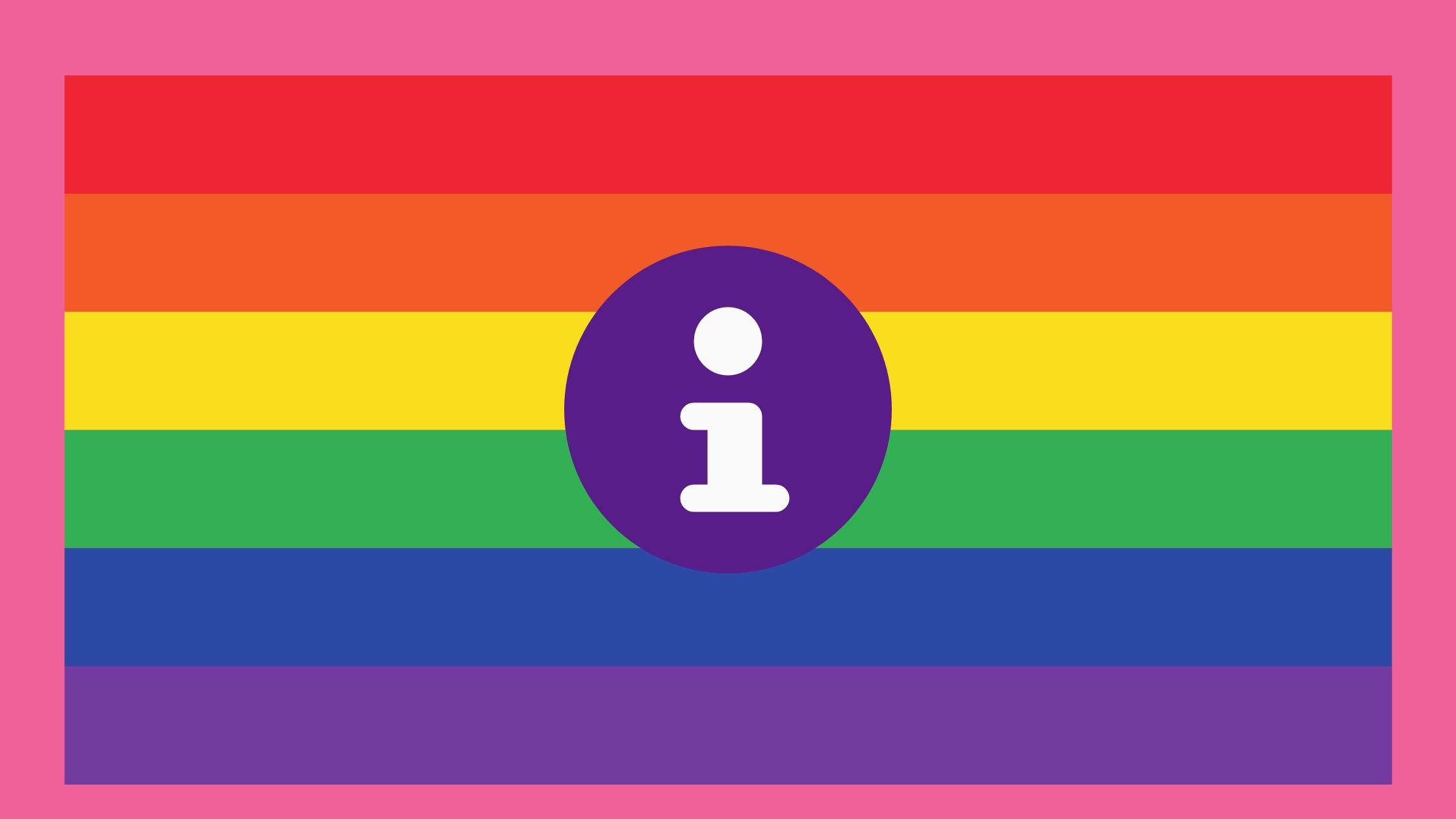Improving Virtual Reference Services for LGBTQIA+ Users

The Importance of Reference Services for LGBTQIA+ Users
Even in 2021, some communities have advocated for the banning and censorship of LGBTQIA+ youth and adult materials in schools and public libraries, attempted to criminalize book selection, and contested story times featuring drag performers. In this heavily politicized climate, it is unfortunately still a difficult and fearful time to be an LGBTQIA+ user in a public library. Research shows that the effects of stigmatization of information can stop users from engaging with information, resources, and library staff out of fear of discrimination (Kitzie 2017).
As the world continues to move online, the internet and technology have been cited as crucial tools for LGBTQIA+ people to seek and find information, connect with people in their community, and avoid negative in-person experiences of discrimination in a public setting. Public libraries already offer virtual and email reference, and especially during the pandemic, virtual reference became a primary way that libraries receive and answer reference questions.
A natural conclusion is that public libraries should improve virtual reference services for LGBTQIA+ users so that they can access factual, important, and sometimes life-saving information from a trusted, responsive source without the fear of discrimination. But how?
Improving Virtual Reference Services for LGBTQIA+ Users
Researchers have identified many ways of improving reference services to LGBTQIA+ users in the public library setting, including inclusive book selection and programming, subject heading reclassification, and training for staff. However, minimal research exists about how to improve particularly virtual reference services for LGBTQIA+ public library users.
LGBTQIA+ landing pages on public library websites (like Las Vegas-Clark County Public Library, Free Library of Philadelphia, and Seattle Public Library) are a great start. Public libraries should also develop specific reference tools and digital content for LGBTQIA+ users, with their identities and challenges in mind. The Cincinnati and Hamilton County Public Library is one of the first public library systems to create an LGBTQIA+ youth and teen-specific reference tool called Queer Gabby.
In addition to the LGBTQ+ landing page on their website with information about community and support groups, Pride Storytimes, and booklists, I developed, in my capacity as the Cincinnati Public Library LGBTQIA+ work group and Community Content Coordinator, an online reference tool geared towards LGBTQIA+ youth and teens. The tool resembles a Dear Abby-style “advice column,” where younger users are encouraged to submit questions to Queer Gabby in a candid, conversational way. The answers are posted anonymously alongside the tool for any user to see and revisit. Users are encouraged to ask questions related to LGBTQIA+ books, music, podcasts, movies, history, identities, community organizations, and more. Answers are signed “Queer Gabby.”
This landing page and tool offers a clearly-labeled, but safe and non-judgemental way of accessing LGBTQIA+ information. It also invites young users to have a mediated conversation with a trained information intermediary, thereby receiving better and more tailored virtual reference services. A small pool of trained library staff members, many who are LGBTQIA+ themselves, answer Queer Gabby submissions and intercept problems and negative comments. Other library systems are in the process of adopting similar virtual reference tools for LGBTQIA+ users modeled after Queer Gabby.
LGBTQIA+ Digital Archives
Other private and public institutions have developed LGBTQIA+ digital archives and digital libraries for users to access remotely from anywhere for research, genealogy, or curiosity. The Digital Transgender Archives and the QZAP Zine Archive are just a few examples of free, public digital repositories specifically for LGBTQIA+ content and artifacts.
With only a handful of LGBTQIA+ community archives in existence in the country, public libraries should consider collecting and digitizing LGBTQIA+ historical artifacts and images from their region for their digital libraries. Or, public libraries should at least link and make referrals to relevant organizations and archives from their library’s website.
LGBTQIA+ Digital Archives
Virtual reference will only continue to be more prevalent among public library users. Public libraries can better serve their LGBTQIA+ patrons, customers, and users through improved virtual reference services for this vulnerable population. They should consider creating an LGBTQIA+ section for information on their website, publishing relevant digital content, creating and maintaining their own LGBTQIA+ digital archives, and developing their own LGBTQIA+- specific reference tools (as well as for users of other kinds!).
Perhaps most importantly, public libraries should provide training and professional development for library staff to best serve and understand their LGBTQIA+ users, as well as deliberately hire LGBTQIA+ staff and outreach liaisons. A strong commitment to the ALA’s Library Bill of Rights and a deep sensitivity to LGBTQIA+ users seeking trustworthy information in this uncertain time is profoundly necessary for providing better reference services to LGBTQIA+ users in public libraries.
References
Kitzie, V. L. (2017). Beyond behaviors, needs, and seeking: A qualitative investigation of information practices among individuals with LGBTQ+ identities (Order No. 10753042). Available from ProQuest Central. (2002099329). Retrieved from https://www.proquest.com/dissertations-theses/beyond-behaviors-needs-seeking-qualitat ive/docview/2002099329/se-2?accountid=39387 .
Tags: censorship of LFGBTQIA+ materials, LGBTQIA+ reference services







